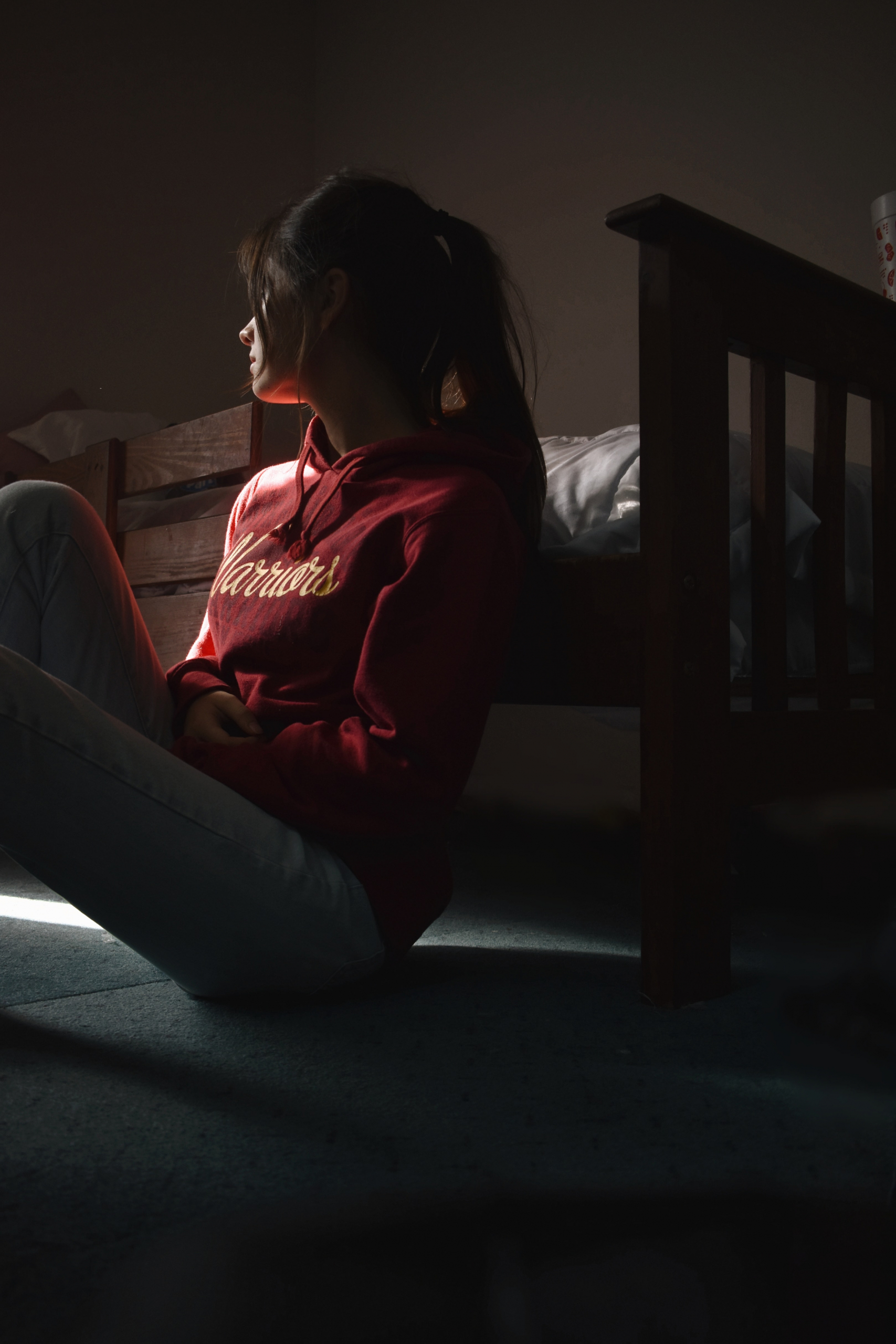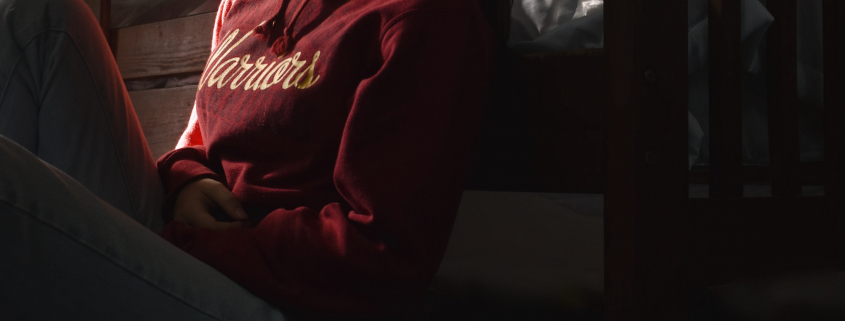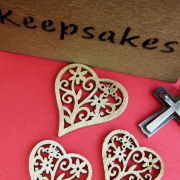5 Common Questions People Ask About Cremation Services?
 Many people are now opting for cremation services instead of traditional burial for their end-of-life plans. The primary reason many families now opt for this service is it is easier on the pockets. You don’t have to buy a burial plot, gravestone, coffin, etc.
Many people are now opting for cremation services instead of traditional burial for their end-of-life plans. The primary reason many families now opt for this service is it is easier on the pockets. You don’t have to buy a burial plot, gravestone, coffin, etc.
According to the Cremation Association of North America, Canada’s rate of increase in cremation acceptance is meteoric. Cremations were at less than 5% in the 1960s and jumped to 53.8% in 2005. In 2020, the cremation rate ballooned to 73.1%, proving that more people indeed prefer this service.
Although more and more people are slated to choose this final disposition method in the coming years, many family members still have a lot of misconceptions about what it entails. If you or a loved one is discussing future plans, you may want to clarify some of your preconceived notions. Here are the top 5 most commonly asked questions about cremation. Knowing the right answers will help you make an educated choice.
What actually happens during the cremation process?
Cremation is a dignified process that reduces the body into its basic element. As the famous passage says: “From dust you came, and to dust you shall return.” The body is exposed to open flames and intense heat inside a special furnace called a cremation chamber.
If there is no viewing, the body is not embalmed, which cuts down the costs. Instead, the family is asked to pick a coffin or cremation container (even a simple wooden box will work). Before the body is placed in the container, it is cleaned and tagged for proper identification.
A family member has to confirm that the identity of the deceased and the name in the metal tag are indeed one and the same person. Next, jewelry and medical devices that contain batteries are removed to prevent any reactions while inside the chamber.
The entire process inside the crematorium takes around three hours to complete. However, you won’t immediately receive the ashes or cremation remains. The crematory staff has to cool it down first before placing it inside your chosen urn. If you did not select any cremation urns yet, they would put the ashes in a temporary box.
Can family and friends be there to see the cremation process?
Many cremation facilities permit family members and friends to be present while the body is placed in the chamber. Noteworthy, certain religions have made this step a part of their funeral custom, conducting services before the final step.
Keep in mind, some cremation companies ask for a nominal fee. This is understandable because you will be using their facilities for several hours. Speak with your funeral director if you have any questions regarding this or special requests.
Are viewings and funerals allowed with cremation?
Of course! Many family members who opted for cremation have also done a memorable tribute to honor their deceased loved one. If you prefer a typical funeral service with cremation, it must take place quickly after death before the body enters the chamber. Otherwise, you have to consider embalming procedures. For example, you may be waiting for family overseas to arrive and cannot hold the proceedings quickly.
Families who opt for viewings or visitations can purchase or rent a casket. Those on a tight budget have opted for cardboard or wicker caskets since these are pocket-friendly and highly combustible.
Is it possible to cremate two people at once?
Cremating two people inside a chamber is not permitted. Under no circumstances can this be performed. Besides, the crematory chamber can only fit one adult. For this reason, it is not possible to conduct more than one cremation.
Can the ashes just be placed in the urn only?
The urn is certainly the most popular choice for holding the cremation remains. People like it because they come in a variety of materials and styles. You can readily choose one that fits your preferences and budget.
However, you don’t have to stick with an urn if you don’t want something traditional. For example, some families opt to do the following:
- Divide the ashes into smaller urns to distribute them among immediate family
- Release the ashes into the ocean, forest, or the favorite place of the deceased
- Bury in a memorial garden or a private one
- Transform into cremation jewelry for daily wear
If you feel unsure about anything, speak to your funeral director for guidance. Ultimately, the decision on what to do with the ashes is highly personal. As a family member or person directly involved in choosing the final resting place of your loved one, you must house the ashes in a way that respects the deceased’s wishes (if there is a last will) and provides you the most comfort.









